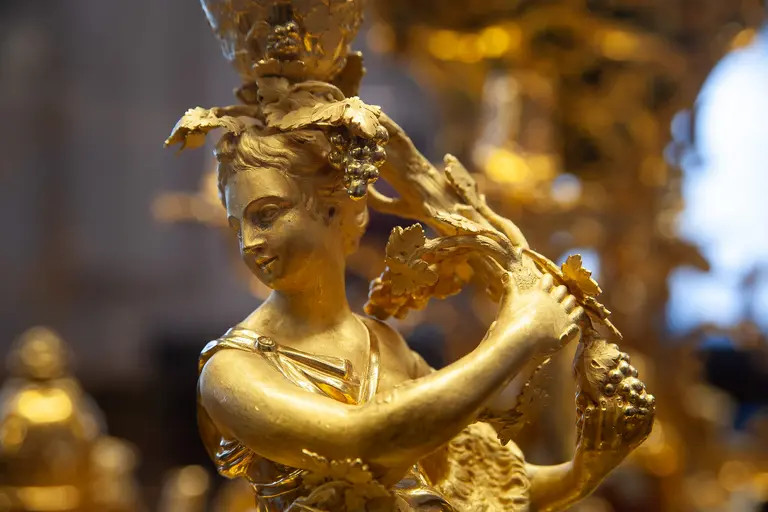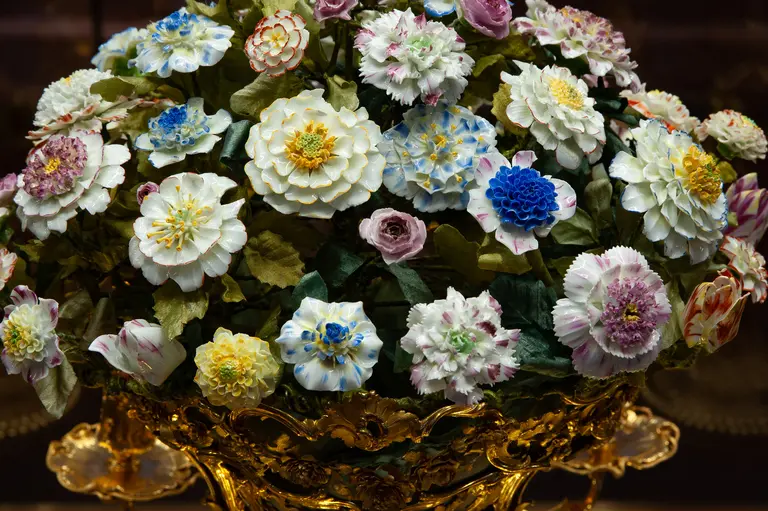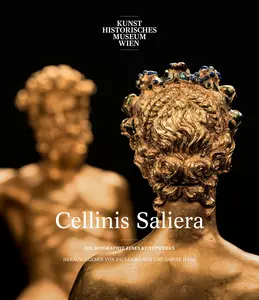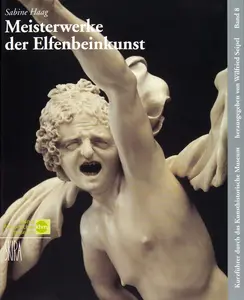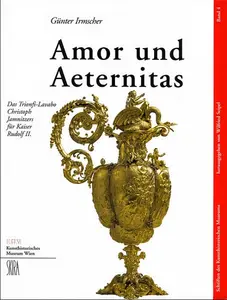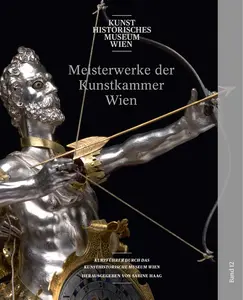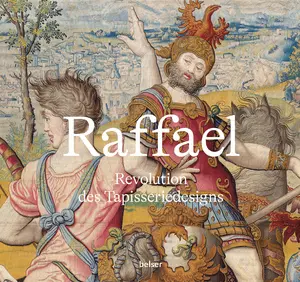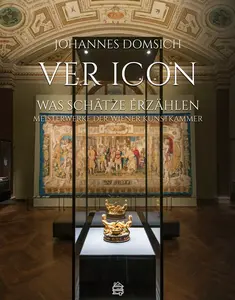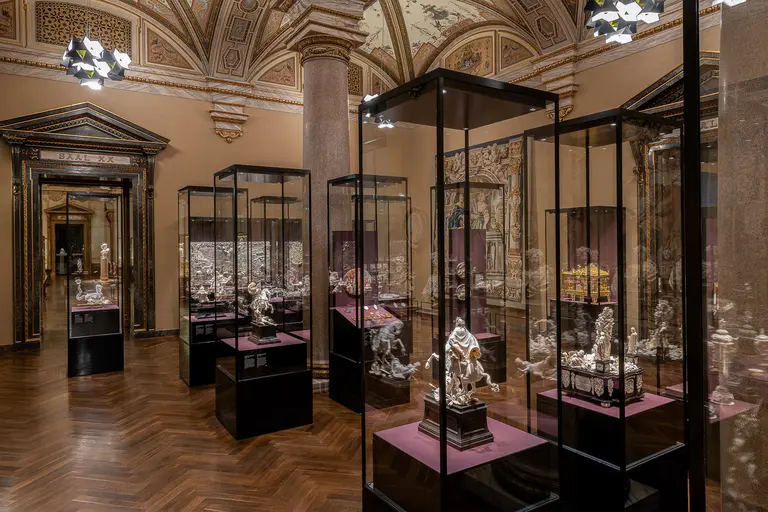The Renaissance and Baroque Chambers of Art and Wonders were encyclopaedic universal collections that aimed to capture the entire spectrum of knowledge of their age. Rare, curious, and unusual objects were especially desirable.
From the late Middle Ages to the Baroque, the Habsburg emperors and archdukes collected exotic and rare materials to which they often ascribed magical powers, such as precious stones, ostrich eggs, corals, and shark’s teeth, which were thought to be dragon’s tongues. Artists used these natural products to create virtuoso works of art.
Individual collectors of the House of Habsburg, who generally also took on a commissioning role, added significantly to the number of items amassed, laying the foundations for the richness of Vienna’s present-day Kunstkammer. These included, for instance, Archduke Ferdinand II of Tyrol (1529–1595), Emperor Rudolf II (1552–1612), and Archduke Leopold Wilhelm (1614–1662).
The impressive quality of these collections was remarked upon even in the sixteenth and seventeenth centuries. There was no lack of European sovereigns for whom it was an honour to contribute to the collections’ magnificence with gifts of their own. Even when, from the eighteenth century, the artistic ambitions of the House of Habsburg turned increasingly towards architecture, music, and theatre, and, later, the reorganisation of the collections and the construction of the Kunsthistorisches Museum were the focus of interest and effort, the collection continued to be endowed with significant individual pieces.
